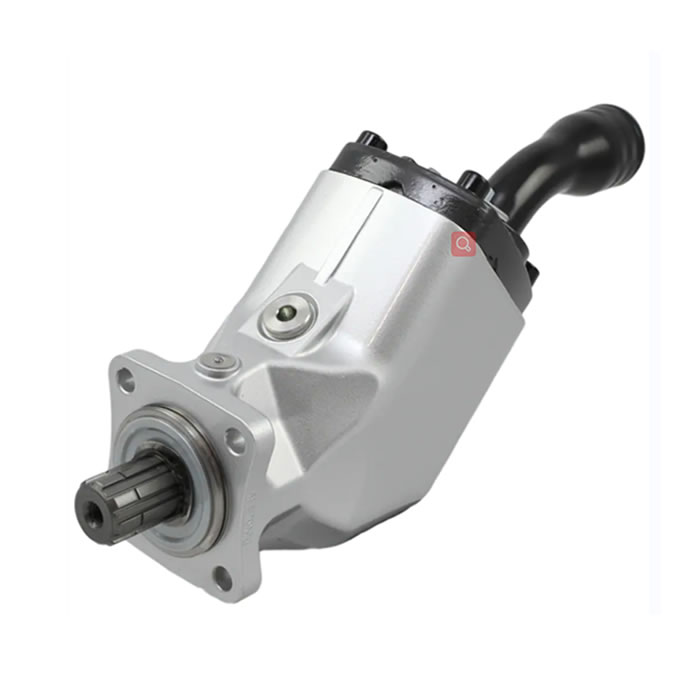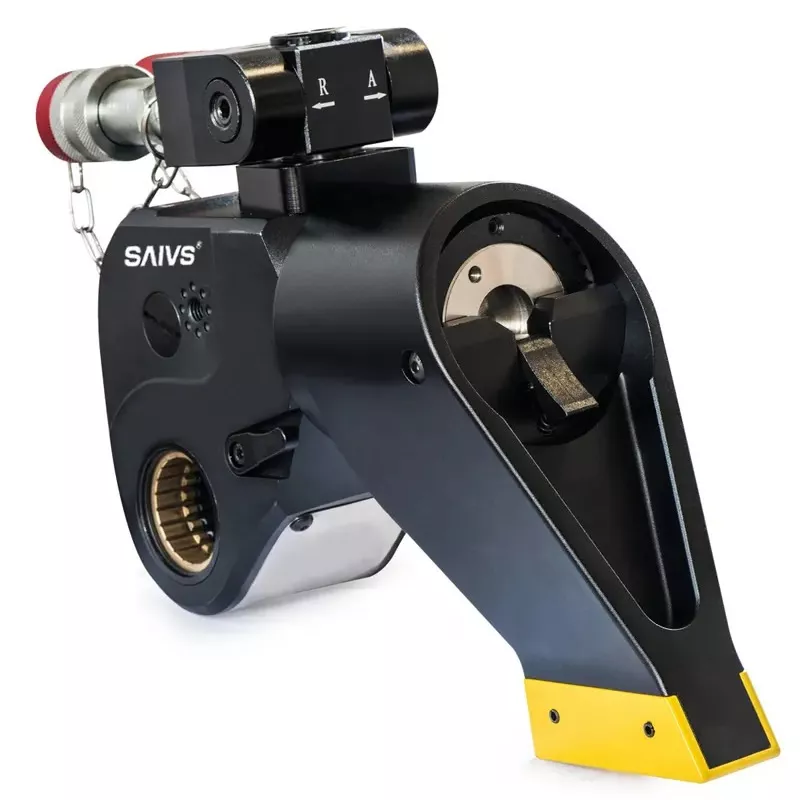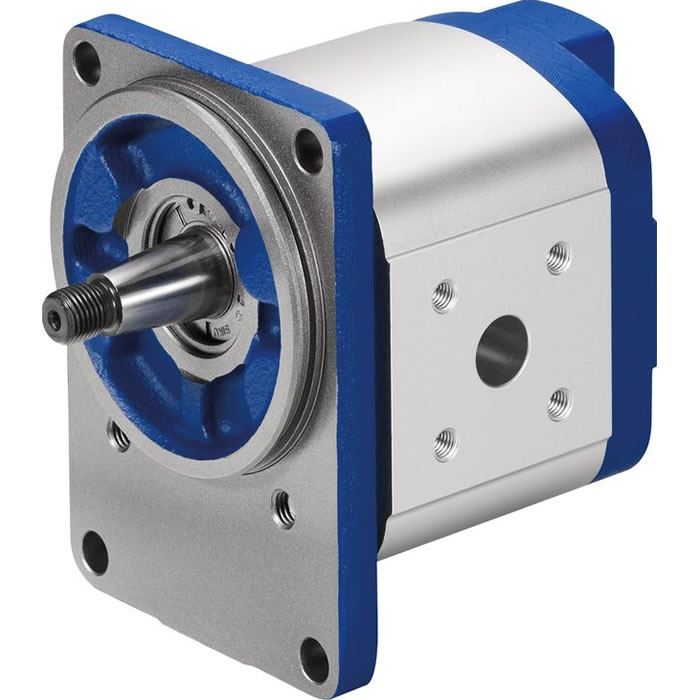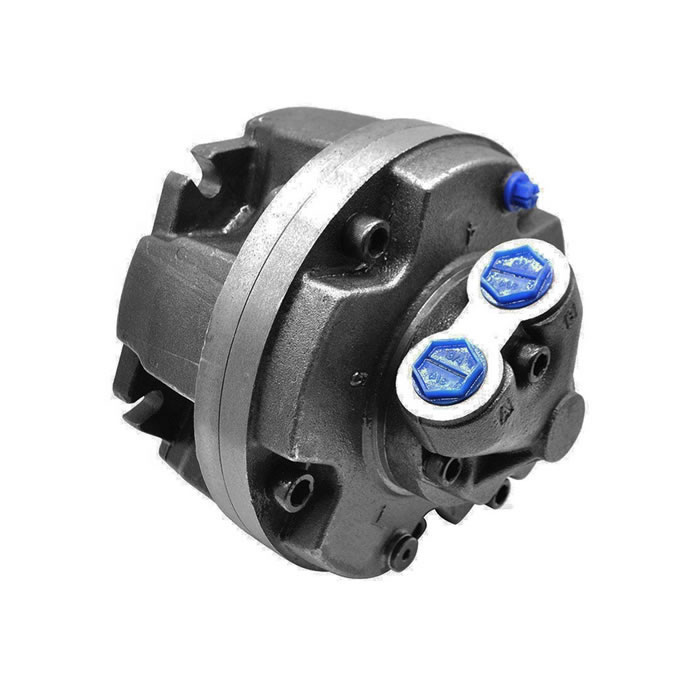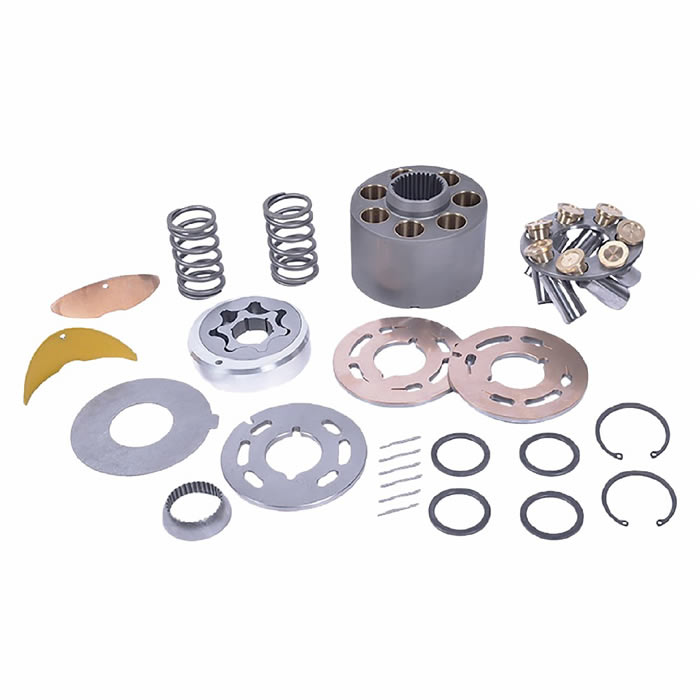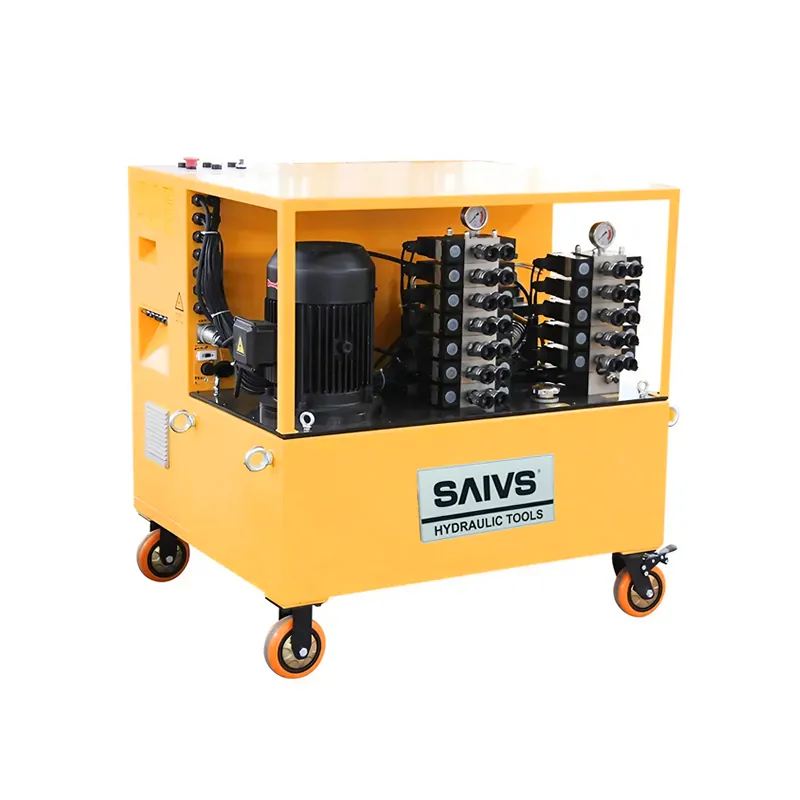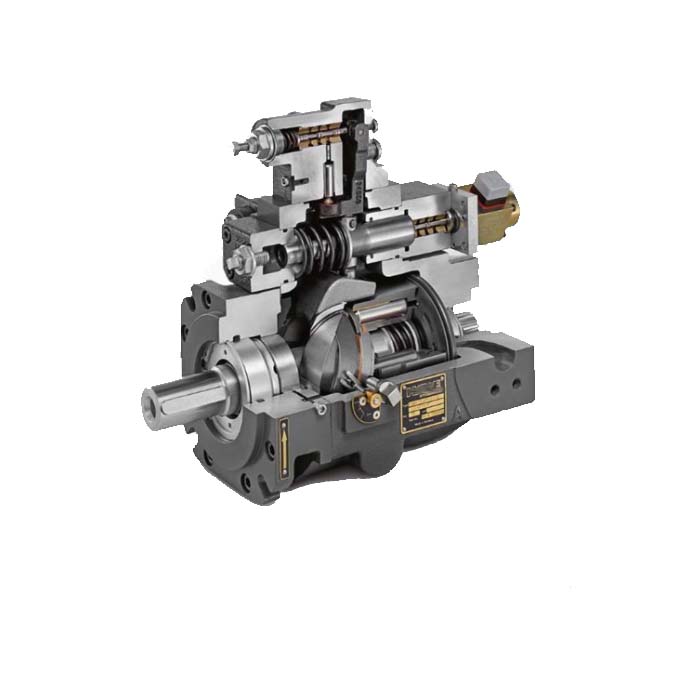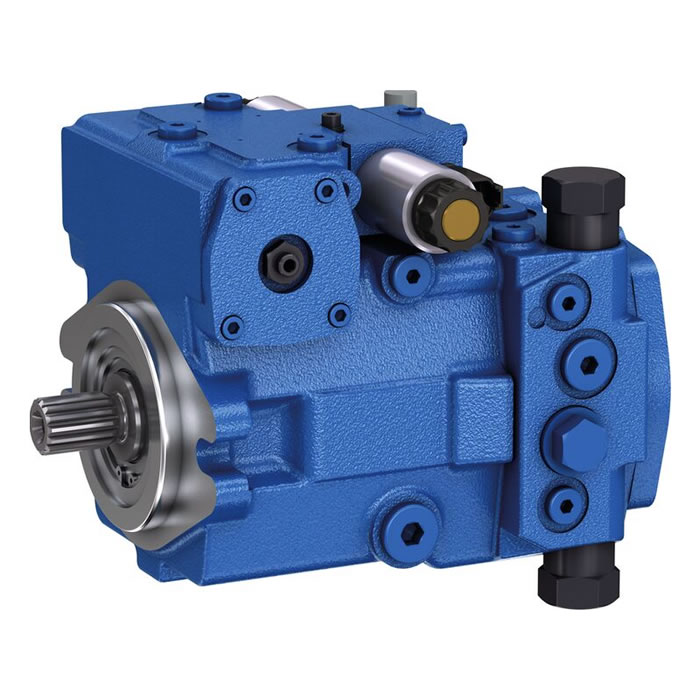A Brief Analysis of the Similarities and Differences of Various Types of Hydraulic Motors
Hydraulic Motors have vane type, radial piston type, axial piston type and gear type. Now I will introduce them to you. You can compare their similarities and differences.

Similarities and Differences of Various Types of Hydraulic Motors.jpg
1. radial piston hydraulic motor
Radial piston hydraulic motor operating principle, when the pressure oil enters the bottom of the plunger in the cylinder block through the window of the fixed oil distribution shaft 4, the plunger extends outwards and tightly against the inner wall of the stator, as there is an eccentric distance between the stator and the cylinder block. At the contact between the plunger and the stator, the reaction force of the stator to the plunger is 0. The force can be broken down into two components. When the hydraulic pressure at the bottom of the plunger is p, the diameter of the plunger is d, and the angle between the forces is X, the force produces a torque on the cylinder block, causing it to rotate. The cylinder block then outputs torque and speed externally through the end-to-end drive shaft.
One of the plungers analyzed above generates torque, which rotates the cylinder block and outputs the torque due to the presence of several plungers in the oil pressure zone. Radial piston hydraulic motors are mostly used at low speeds and high torques. Similarities and differences of various hydraulic motors (Figure 2)
2. Axial piston motor
Axial piston pumps can be used as hydraulic motors in principle, except for valve-type distribution, i.e. axial piston pumps and axial piston motors are reversible. The working principle of the axial piston motor is that the oil distribution plate and swash plate are fixed and the motor shaft rotates together with the cylinder block connected. When the pressure oil enters the piston hole of the cylinder block through the window of the oil distribution pan, the piston extends under the action of pressure oil and produces a normal reaction P against the piston against the swashplate swashplate, which can be decomposed into axial force and vertical force Q. Q equalizes the hydraulic pressure on the plunger, while Q creates a torque in the center of the cylinder block that drives the motor shaft to rotate counterclockwise. The total instantaneous torque generated by an axial piston motor is pulsating. If the direction of motor pressure oil input is changed, the motor shaft rotates clockwise. The change of swash angle a, i.e. displacement, affects not only the torque of the motor, but also its speed and steering. The greater the swash angle, the greater the torque generated and the lower the speed.
3. Gear Hydraulic Motor
Gear motors have the same inlet and outlet ports, symmetrical structure, and separate outlet ports to guide oil leakage from bearing parts out of the housing in order to meet the requirements of positive and negative rotation. Rolling bearings are used to reduce starting friction moment. In order to reduce torque ripple gear the number of teeth of the hydraulic motor is more than that of the pump.
Due to poor sealing and low rent tolerance efficiency, the input oil pressure of the gear hydraulic motor can not be too high to produce large torque. The instantaneous speed and torque vary with the position of the engagement point, so the gear hydraulic motor is only suitable for high speed and small torque applications. Generally used in construction machinery, agricultural machinery and mechanical equipment requiring low torque uniformity.
4. Vane type hydraulic motor
Due to the action of pressure oil, the rotor is torqued due to unbalanced force. The output torque of a vane-type hydraulic motor is related to the displacement of the hydraulic motor and the pressure difference between the inlet and outlet of the hydraulic motor, and the speed of which is determined by the flow rate of the input hydraulic motor. Because hydraulic motors generally require positive and negative rotation, the vanes of vane-type hydraulic motors are positioned radially. In order to keep pressure oil in the blade root at all times, check valves should be set in the passage between return and pressure chamber to the blade root. In order to ensure that the hydraulic vane motor can start normally after pressure oil is passed through, close contact must be made between the top of the blade and the inner surface of the stator to ensure a good seal. Therefore, a pretension spring should be set at the blade root. Vane type hydraulic motor is small in size, small in inertia and sensitive in action. It can be used in situations with high commutation frequency, but it has large leakage and is unstable at low speed. Therefore, vane type hydraulic motors are generally used in applications with high speed, low torque and sensitive action requirements.

